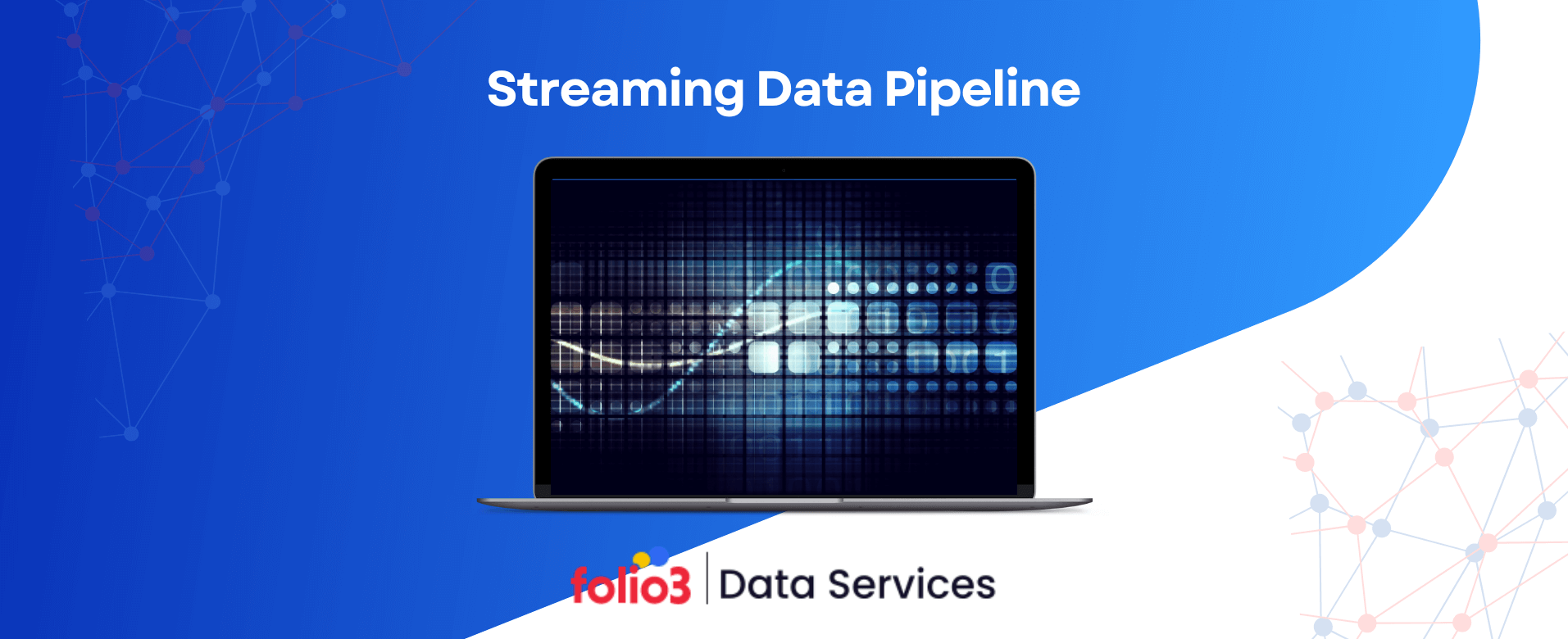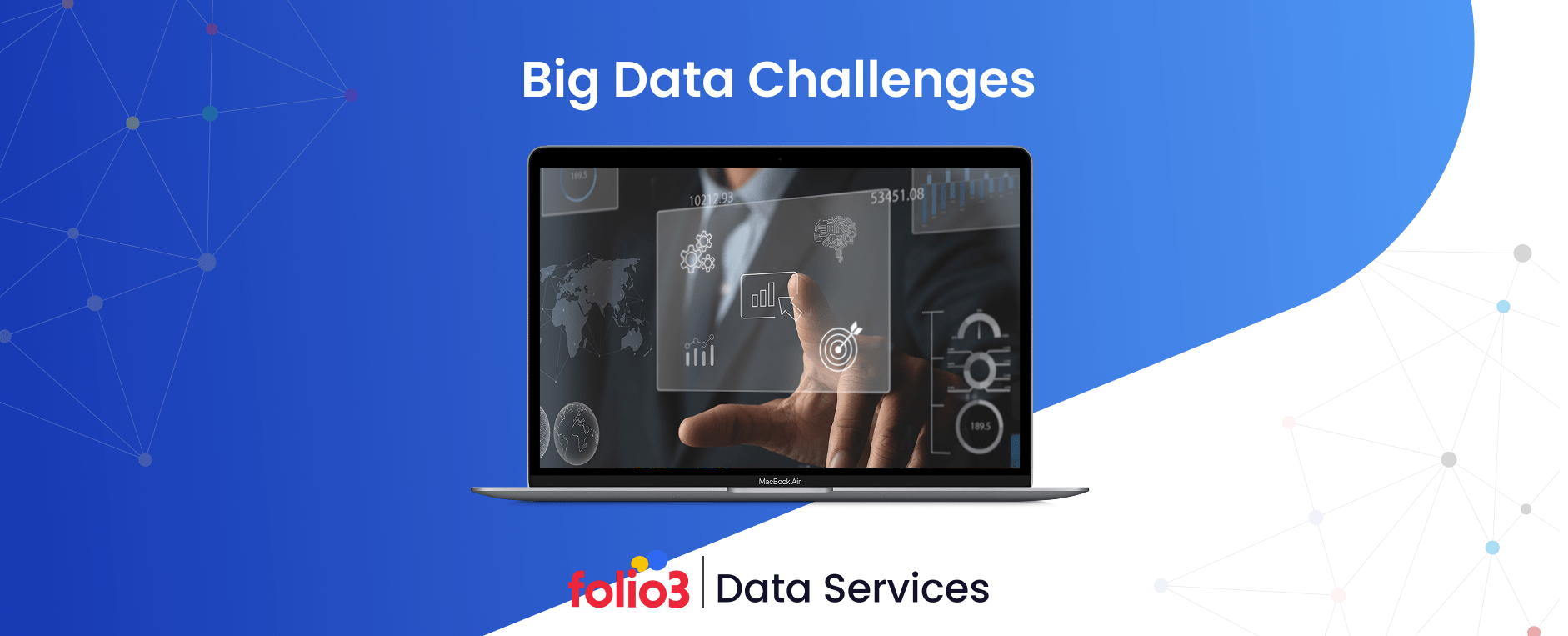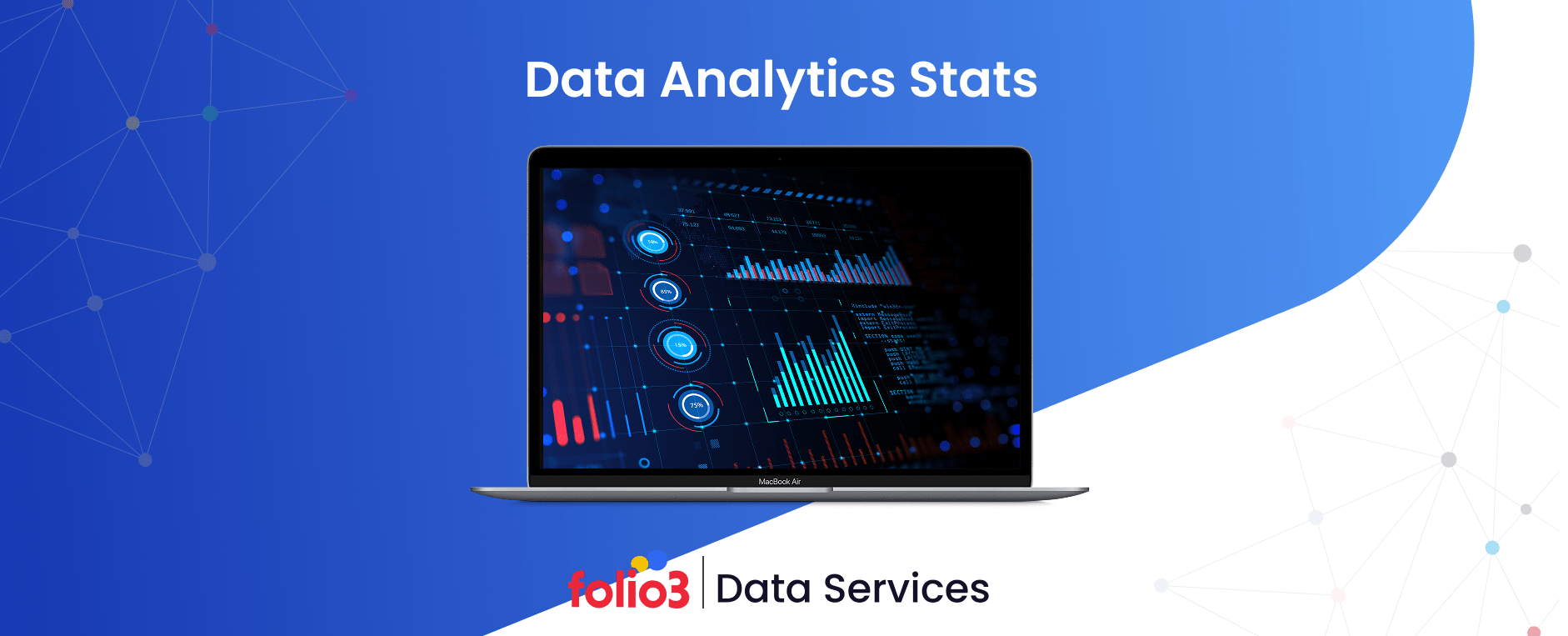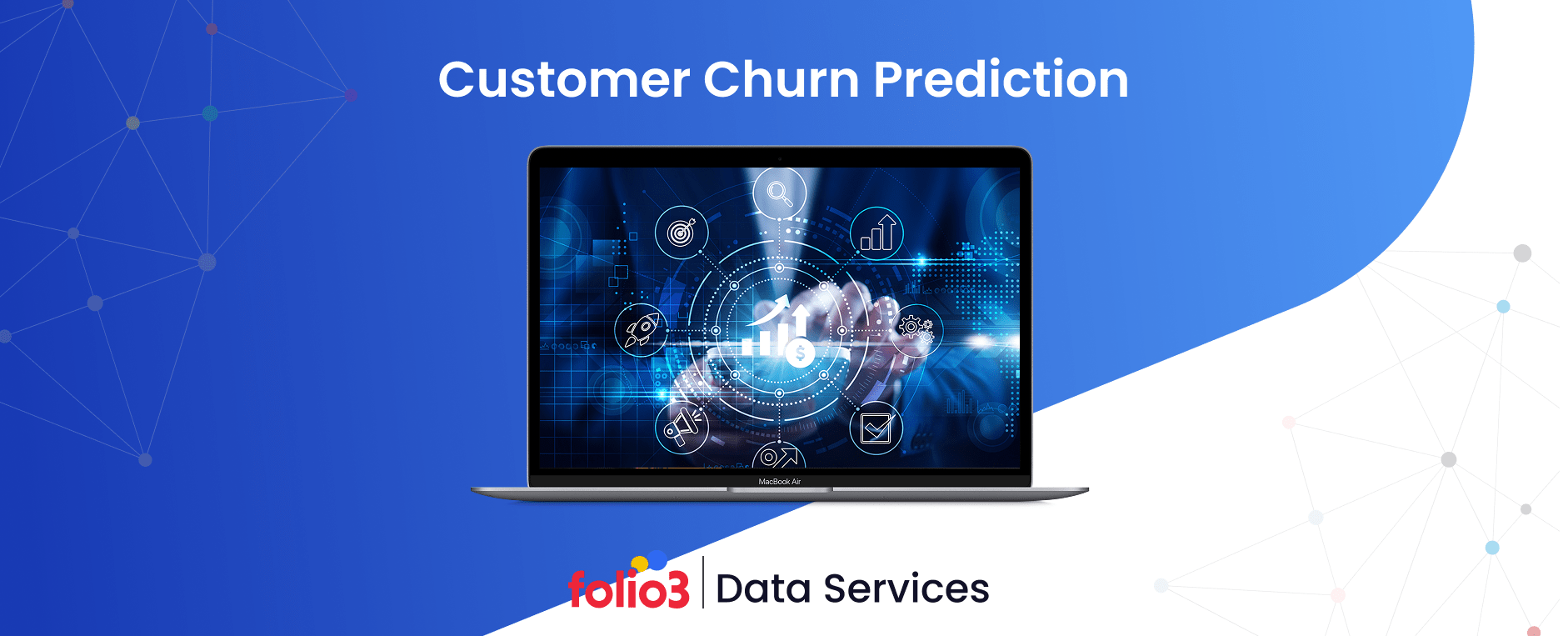Imagine a scenario where a financial app delays stock price updates by even a few minutes—investors could lose thousands. Or picture an online store that cannot detect a payment failure in real-time, resulting in frustrated customers and lost revenue. These are just a couple of examples where real-time data processing is no longer a luxury but a necessity.
Businesses today operate in an environment where the speed and accuracy of data flow directly impact decision-making, customer satisfaction, and competitive advantage. A streaming data pipeline is at the heart of this transformation, enabling organizations to process continuous streams of data as soon as they are generated.
Unlike traditional batch pipelines that process data in chunks at scheduled intervals, streaming pipelines handle data in motion, allowing for near-instantaneous analysis and action. This fundamental difference between streaming vs. batch pipelines is reshaping how data-driven strategies are built across industries, from healthcare to e-commerce to logistics.
This guide delves into what a streaming data pipeline is, how it operates, and why it is important. Along the way, we’ll break down its key components, highlight real-world streaming data examples, and help you understand how to build a real-time data pipeline that supports your business goals.
What is a Streaming Data Pipeline?
A streaming data pipeline is a system that continuously ingests, processes, and delivers data in real-time or near real-time as it is generated. Instead of waiting for all data to be collected before processing, as in batch systems, streaming pipelines handle data in real-time, enabling immediate insights and actions.
Key Components of a Streaming Data Pipeline
- Data Sources – These can be IoT sensors, mobile apps, online transactions, user interactions, social media feeds, or logs from websites and servers.
- Data Ingestion Layer – Tools such as Apache Kafka, Amazon Kinesis, or Google Pub/Sub are commonly used to capture and stream data in real-time.
- Stream Processing Engine – This layer continuously processes data using frameworks such as Apache Flink, Apache Spark Streaming, or AWS Lambda, applying business rules, filtering, aggregation, and other operations.
- Storage Layer – Processed data is stored in databases or data lakes such as Amazon S3, BigQuery, or Elasticsearch for further analysis or long-term use.
- Data Consumers – Dashboards, alerts, machine learning models, or business applications that use the processed data to take immediate action or generate reports.
Why Does It Matters?
The real strength of a streaming data pipeline lies in its ability to provide timely and relevant information that can drive rapid decision-making. For instance, a retail company can instantly update inventory levels, detect fraud during online transactions, or personalize customer recommendations based on live behavior—all powered by streaming data.
Core Components of a Streaming Data Pipeline
To truly understand how a streaming data pipeline works, it is essential to break it down into its core components. Each part plays a distinct role in ensuring that data flows smoothly from source to action in real time. Let’s explore each layer in detail.
1. Data Sources
The pipeline begins at the data source, which is any system or device that generates continuous streams of data. In today’s digital landscape, these sources are everywhere. These raw data streams are valuable but unstructured. The job of the pipeline is to catch them the moment they’re created.
- IoT devices in agriculture are sending soil moisture readings every few seconds.
- User applications log activity, such as clicks or purchases, as it happens.
- Server logs track website errors and load times in real-time.
2. Data Ingestion Layer
Once data is generated, it needs to be captured and routed efficiently. That’s where the ingestion layer comes in. Think of this layer as the pipeline’s gateway—it collects real-time data and streams it forward for processing. These tools ensure that no data is lost and that it moves through the pipeline with minimal delay. Many organizations rely on experienced data engineering service providers to design and implement this layer, ensuring high-throughput ingestion, fault tolerance, and seamless integration with downstream processing systems.
- Kafka – Highly popular for handling large-scale, fault-tolerant data streams.
- AWS Kinesis – Offers seamless integration with other AWS services.
- Azure Event Hubs – Designed for scalable telemetry and event ingestion.
3. Stream Processing Layer
This is the brain of the pipeline. Here, the raw data is transformed, cleaned, enriched, or analyzed—all in motion. Real-time decisions are made in this layer based on predefined business logic or machine learning models. Whether it’s detecting fraud, triggering alerts, or updating user recommendations, the stream processing layer enables businesses to act the moment something happens.
- Apache Flink – Known for complex event processing and low-latency use cases.
- Spark Structured Streaming – Offers a unified batch and streaming framework with strong community support.
4. Data Storage Layer
Although the pipeline focuses on real-time flow, storing processed data is essential for auditing, reporting, and historical analysis. This layer ensures that once data is enriched or transformed, it is saved in the correct format and structure. The choice of storage depends on whether you require structured querying, time-series analysis, or handling unstructured data.
- Amazon S3 – Scalable object storage, often used with data lakes.
- HDFS – Common in big data environments for distributed storage.
- NoSQL Databases (e.g., Cassandra, DynamoDB) – Ideal for high-speed reads/writes and flexible data structures
5. Serving Layer
Finally, data reaches the serving layer—the interface where it’s consumed and turned into actionable outcomes. This could include internal dashboards, third-party applications, or machine learning systems that react to new data. This layer closes the loop by enabling humans or machines to act based on the latest data.
- Dashboards for real-time visibility (e.g., sales, inventory, system health)
- APIs serving processed data to external systems or applications
- Machine Learning Models that trigger predictions or decisions based on live inputs
Common Use Cases of Streaming Data Pipelines
Streaming data pipelines are no longer a luxury—they’re becoming a necessity across industries that rely on speed, precision, and real-time responsiveness. From finance to agriculture, businesses are discovering innovative ways to utilize real-time data pipelines to enhance decision-making and customer experiences. Let’s take a closer look at some real-world applications:
1. Real-Time Fraud Detection in Finance
Financial institutions handle thousands of transactions per second, and fraud can occur in mere milliseconds. By leveraging streaming data pipelines, banks and payment platforms can monitor transaction patterns in real-time. When anomalies—such as unusual spending or location mismatches—are detected, the system can trigger immediate alerts or block suspicious activity before any damage is done.
2. Instant Recommendation Engines in E-Commerce
How do online retailers suggest products you like before you even finish browsing? That’s the power of a streaming data pipeline architecture. These systems track user clicks, searches, and cart activity in real time, then apply algorithms to serve up personalized product suggestions instantly. It’s a key driver behind increased conversions and user engagement in platforms like Amazon or Shopify.
3. Predictive Maintenance Using IoT Sensor Data
In industries such as manufacturing, agriculture, and transportation, unexpected equipment failure can result in costly downtime. However, with the use of IoT sensors, continuous telemetry data, including vibration, temperature, and motor speed, can be provided. A streaming pipeline can process this data and predict wear or failure before it occurs. Maintenance teams are alerted ahead of time, which reduces unplanned outages and extends machine life.
4. Live Analytics Dashboards for Operational Monitoring
Operations managers, particularly in logistics, energy, and agriculture, rely on live dashboards to monitor performance metrics. Streaming data examples include delivery routes, fuel usage, or crop yield sensors that feed data every second. A real-time pipeline processes and visualizes this information, enabling faster responses to issues as they arise, rather than waiting for static reports.
5. Real-Time Personalization in Media and Advertising
Media platforms and ad-tech companies use streaming data pipelines to tailor user experiences based on behavior. Whether it’s customizing a homepage layout, switching ad placements mid-session, or adjusting content suggestions, every user interaction can inform the next. The goal? Keep users engaged while optimizing ad revenue in real-time.
Design Considerations for Building a Streaming Data Pipeline
Designing a streaming data pipeline isn’t just about connecting tools—it’s about building a system that can scale, recover, and evolve with your data needs. Whether you’re working with live sensor feeds or millions of user clicks per minute, the architecture must support high performance and reliability from end to end. Here are the key factors to consider before building a real-time data pipeline:
Scalability – Can It Handle the Volume?
As data sources grow—especially with IoT devices, mobile apps, and online platforms—your pipeline must scale without compromising performance. A well-architected pipeline can ingest and process millions of events per second without lag. Horizontal scaling is critical for future-proofing your system as data volumes continue to grow.
- Use distributed ingestion platforms like Apache Kafka or AWS Kinesis
- Choose scalable processing engines like Apache Flink or Spark Structured Streaming
Latency – How Real Is Real-Time?
For many businesses, a few seconds can make or break the value of a data insight. That’s why latency—the delay between event creation and action—is a core metric for any streaming pipeline. Aim for sub-second latency when decisions need to happen instantly, especially in financial or operational settings.
- Low-latency designs enable real-time fraud detection, live dashboard updates, and instant content personalization
- In-memory processing and optimized data serialization (e.g., Apache Avro or Protobuf) can shave off milliseconds
Fault Tolerance: What Happens When Things Go Wrong?
Systems crash. Networks fail. But your data pipeline shouldn’t. A robust streaming data pipeline architecture includes automatic retries, message durability, and checkpointing to recover lost data or resume processing with minimal interruption. Fault tolerance ensures your pipeline doesn’t drop critical events or duplicate them uncontrollably.
- Tools like Kafka offer built-in message durability
- Stream processors like Flink and Spark support checkpointing and state recovery to continue from where they left off
Exactly-Once vs. At-Least-Once Processing
This trade-off defines the accuracy of your pipeline’s outputs. Choosing the right semantics depends on your use case. For example, e-commerce payments require exactly-once, while log analysis may tolerate a more relaxed model.
- Exactly-once guarantees each message is processed only once—ideal for sensitive systems like financial transactions or inventory updates
- At-least-once prioritizes delivery over precision—better suited for analytics or monitoring tasks where occasional duplicates aren’t critical
Schema Management and Evolution
Data formats change over time. A new field gets added, a type changes, or a legacy system gets upgraded. Without schema management, your pipeline risks breaking downstream processes. This ensures that changes in data structure don’t crash your pipeline—or corrupt the insights it delivers.
- Use schema registries (like Confluent Schema Registry) to manage versioning
- Opt for serialization formats like Avro that support backward and forward compatibility
Building a high-performing real-time data pipeline means making thoughtful decisions about scale, speed, accuracy, and flexibility. Every component—whether it’s ingesting streaming data from mobile apps or analyzing real-time sensor data—must be engineered to adapt, grow, and deliver when it matters most.
Key Technologies and Tools for Streaming Pipelines
A well-designed streaming data pipeline relies on a stack of specialized tools that work together to move data seamlessly from source to insight. From ingesting massive volumes of real-time events to processing, storing, and orchestrating workflows—each layer of the pipeline depends on reliable technologies.
Together, these technologies create a powerful backbone for real-time data processing. Whether you’re building a predictive maintenance platform using IoT data or delivering instant recommendations in e-commerce, choosing the right combination of tools is key to unlocking the full potential of your streaming data pipeline.
Here’s a breakdown of the key components and the most widely adopted tools behind them:
1. Message Brokers – The Data Ingestion Backbone
Message brokers are the first stop for real-time data as it enters the pipeline. They collect, buffer, and distribute event streams to downstream consumers. These tools ensure that high-velocity data from sources like IoT devices, web apps, or logs doesn’t overwhelm your processing layer. These brokers ensure your streaming data pipeline starts with a reliable, real-time ingestion foundation.
- Apache Kafka: The industry standard for high-throughput, fault-tolerant message streaming. Kafka’s distributed nature makes it ideal for handling massive volumes of data with low latency. It also supports exactly-once delivery semantics and durable storage for events.
- RabbitMQ: A lightweight, general-purpose message broker that supports various messaging patterns (e.g., pub/sub, point-to-point). It’s especially useful for smaller applications that need flexible routing logic.
- AWS Kinesis: A fully managed cloud-native streaming service from Amazon. It’s perfect for integrating directly into the AWS ecosystem and can scale automatically based on traffic spikes.
Stream Processors: Real-Time Event Analysis
Once the data is in motion, the stream processor transforms raw events into meaningful insights or triggers. This layer is where filtering, aggregation, enrichment, and even machine learning inference happens—often within milliseconds. These tools allow businesses to react instantly—whether it’s halting fraudulent activity or triggering a recommendation engine.
- Apache Flink: Known for its stateful stream processing and event-time capabilities, Flink is ideal for complex real-time analytics, fraud detection, and monitoring scenarios that require high precision.
- Apache Spark Streaming: Built on the popular Spark ecosystem, it supports both batch and streaming workloads. It’s great for use cases where you might combine historical and live data.
- Google Dataflow: A serverless solution that integrates tightly with Google Cloud. Dataflow supports unified batch and stream processing via Apache Beam and is commonly used for real-time personalization and dashboarding.
Storage Solutions – Where Streamed Data Lives
Real-time insights are valuable, but storing raw and processed data is critical for historical analysis, compliance, and future model training. Streaming pipelines typically write data to scalable, resilient storage systems that support fast read/write speeds. These tools ensure your real-time data pipeline has a persistent, query-friendly layer for deeper insights and long-term value.
- Amazon S3: Widely used for storing event logs, intermediate results, or raw streaming data. Its durability, scalability, and integration with analytics tools make it a go-to choice.
- Snowflake: A powerful data cloud platform that allows querying both batch and streaming data with ease. It supports near real-time ingestion via Snowpipe and is frequently used for business intelligence and reporting.
- Delta Lake: Built on top of Apache Spark, Delta Lake brings ACID transactions and schema enforcement to data lakes—ideal for creating reliable, queryable storage from streaming data.
Orchestration – Managing End-to-End Workflows
In many cases, streaming pipelines don’t operate in isolation—they’re part of a broader ecosystem that includes batch jobs, scheduled tasks, and hybrid data flows. That’s where orchestration tools come into play. These orchestration frameworks ensure your streaming data pipeline architecture runs smoothly, reacts to events, and recovers gracefully from failures.
- Apache Airflow: Widely used for orchestrating data workflows across various systems. While traditionally designed for batch tasks, it’s often integrated with streaming components for hybrid workflows (e.g., triggering model updates based on new event data).
- Prefect: A modern workflow orchestration tool that supports dynamic, event-driven pipelines. It’s well-suited for cloud-native and hybrid environments, offering more flexibility than traditional schedulers.
Conclusion
Streaming data pipelines are essential for businesses that rely on real-time insights to drive decisions and respond instantly to events. From fraud detection to live dashboards, they enable continuous data processing with low latency. However, building an efficient pipeline requires thoughtful architecture, the right tools, and expert integration.
That’s where Folio3 Data Services can help. Our team specializes in designing and implementing scalable, real-time data solutions using tools like Kafka, Flink, and Snowflake. Ready to turn streaming data into actionable intelligence? Partner with Folio3 to power smarter, faster decisions across your organization.
FAQs
What is a streaming data pipeline?
A streaming data pipeline continuously processes data as it’s generated, enabling real-time insights and actions. It’s ideal for use cases requiring instant response, like fraud detection or live analytics.
What are examples of streaming data?
Examples include sensor data from IoT devices, user activity logs, social media feeds, and transaction streams. These data types are generated continuously and need real-time processing.
How is a streaming pipeline different from a batch pipeline?
Streaming pipelines process data in real-time as it arrives, while batch pipelines handle data in scheduled chunks. Streaming offers lower latency, making it suitable for time-sensitive applications.
Why is real-time data processing important?
It helps businesses react instantly to critical events, improve customer experience, and optimize operations. In today’s fast-moving digital landscape, speed equals competitive advantage.
What technologies are commonly used in streaming data pipelines?
Key tools include Apache Kafka, Flink, Spark Streaming, AWS Kinesis, Snowflake, and Delta Lake. These technologies enable seamless data flow, processing, storage, and orchestration.





